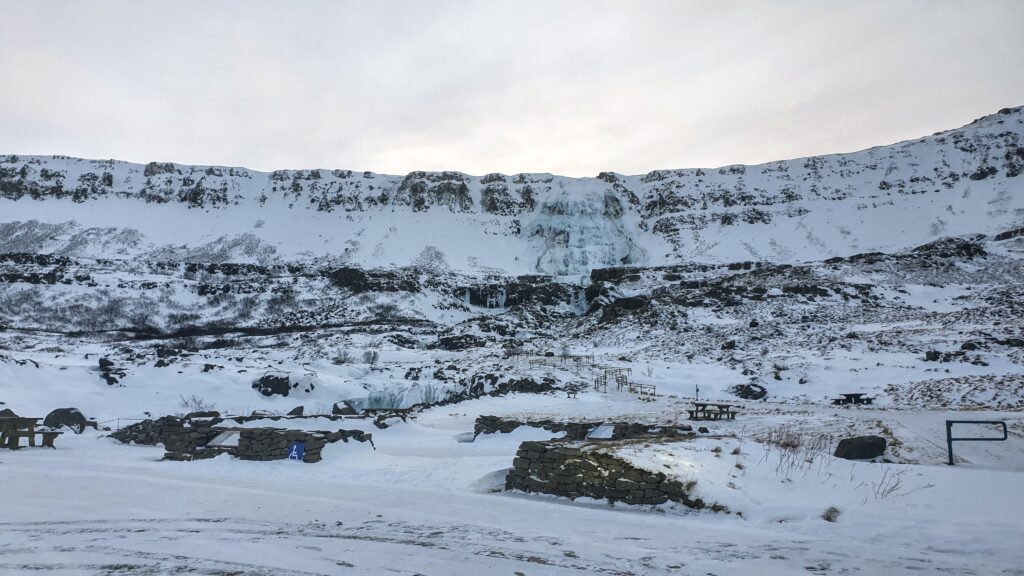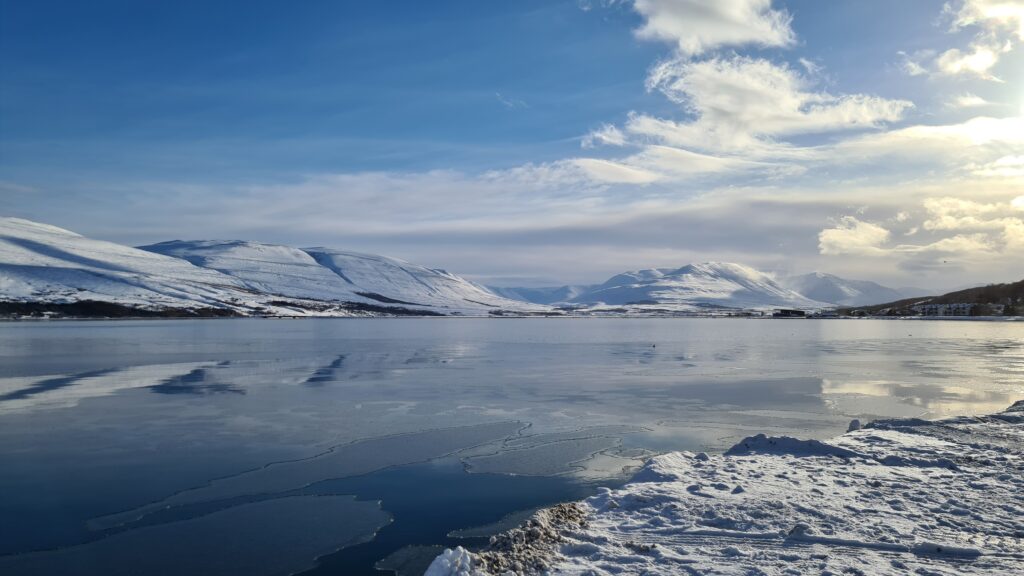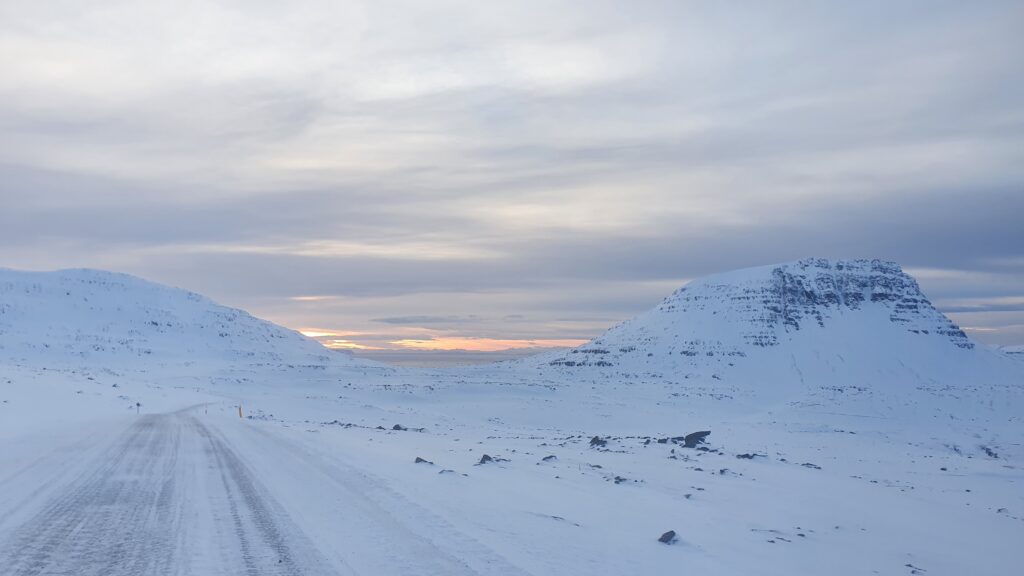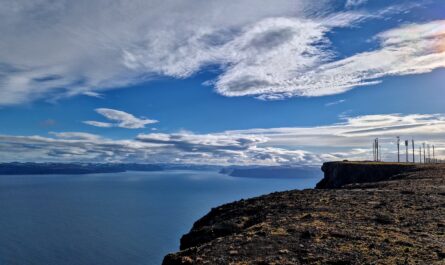The weather has not been particularly pleasant over the past several weeks, but it is expected to get significantly better as the week progresses. It’s an incredible experience to watch the day gradually lengthen during this time of year. The way the sun, clouds, and landscape change over time can also create striking visual effects. Even though it will be quite some time until spring arrives in Iceland, there is still a chance of pleasant weather in the month of February. With this in mind, I began to wonder what a typical February day is like.
The weather on an average February day in Iceland might be extremely different from one part of the country to another, but in general, it is likely to be quite chilly, dark, and possibly snowy. Iceland has a reputation for having a climate that is extremely cold and snowy, particularly during the winter months. The amount of snow that falls in Iceland in February can be somewhat variable, depending on where you are and what the weather is like.

On an average day in February, there is a good chance that temperatures will be below freezing, and there is also the potential for snow or freezing rain. The current weather could make many of the city’s outdoor attractions, such as its parks and beaches, less inviting than they otherwise would be.
On a typical February day in the more remote parts of Iceland, there may be more snow and sometimes stronger winds than in the rest of the country. However, this can also be a perfect time to admire the stark and raw beauty of Iceland’s winter scenery, which features frozen waterfalls, snow-covered mountains, and the possibility of catching glimpses of the northern lights.

On an average day in the month of February in Iceland, despite the possibility of having dreary weather, there are still a wide variety of activities that may be enjoyed. Tourists can spend their time in Reykjavik perusing the city’s museums, cafes, and stores, or they can go swimming in one of the many geothermal pools that the city has to offer. Those who live in more isolated places can still participate in winter sports such as skiing and snowboarding, or they can take a picturesque drive down one of Iceland’s many scenic routes. In addition, if you’re interested in whale watching, February is an excellent month to go because throughout the winter months, several different types of whales can be seen off the coast of Iceland.

It is essential to keep in mind that Iceland’s weather patterns can be hard to anticipate and that the total amount of snowfall might change from one year to the next. In the winter, you should never forget to check the weather forecast before and during your trip to Iceland.
Go February!


